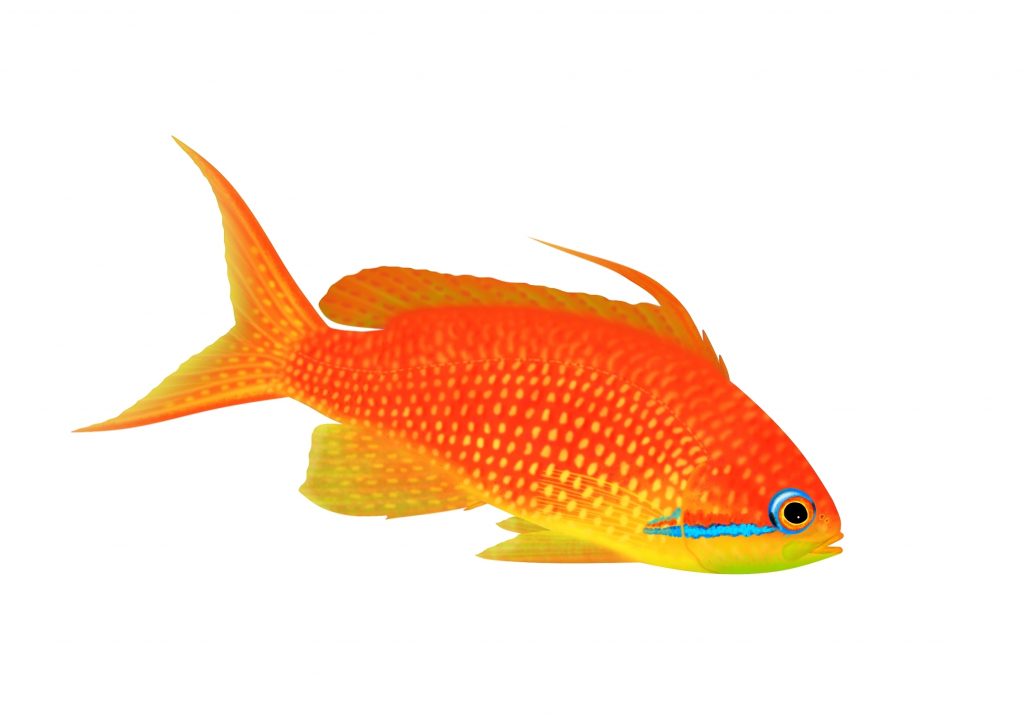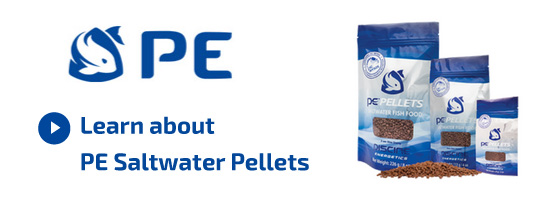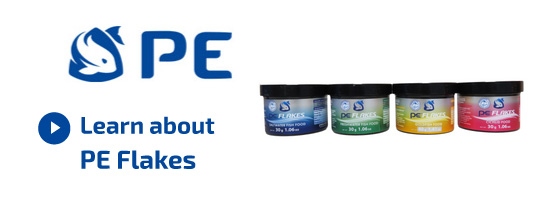Basslets Species
Basslets
The term basslet is used in the aquarium hobby to indicate members of several different families including Grammatidae, Serranidae and occasionally some of the smaller members of Plesiopidae. Basslets are a commonly kept group of fishes due to their small size, bright colors and interesting patterns.
The Royal Gramma (Gramma loretto) is one of the most commonly sold basslet species. Some other commonly sold basslet species include the Swissguard Basslet (Liopropoma rubre), Blackcap Basslet (Gramma melacara) and Yellow Assessor (Assessor flavissimus).
Biology
Representatives of the basslets are found in tropical and subtropical oceans all over the world. They can range in size from 2” (5 cm) to 5” (10 cm), though most tend towards the smaller size of this range.
Most basslets are cave dwelling fishes and tend to be found at greater depths. Some of the basslets available in the aquarium industry come from such depths that are actually collected by a specially designed submersible. It takes several days for these fish to be properly decompressed before being brought to the surface!
Captive Care
Basslets can make great aquarium inhabitants, provided their husbandry needs such as diet, water quality and tank space are met.
Basslets prefer a temperature range of 72F (22C) to 80F (26C). Basslets are generally considered reef safe as they will not harm corals or most ornamental invertebrates.
It is important to consider carefully what species of basslet may be best for your aquarium. While some species such as the Chalk Bass (Serranus tortugarum) are suited to brightly lit reef tanks, other more sensitive deep-water species such as the Candy Basslet (Liopropoma carmabi) may be better suited to a more dimly lit tank.
Suggested Piscine Energetics Products
We suggest a diet based on Piscine Energetics Frozen Mysis, Piscine Energetics Frozen Calanus, Piscine Energetics Pellets (1mm and 2mm) and Piscine Energetics Saltwater Flakes.
What people are saying about PE:
After feeding my seahorses your mysis for about 3 months; they are fat and happy!!! they give me baby seahorses (at least 300 ) each 14 days... So I'm very satisfied of your mysis.The frozen mysis is about 70 per cent of their diet.
Yvan Charbonneau Quebec
I am keeping these Indian mudskippers -- very cute -- about 3-4 inches long. I've been feeding them frozen bloodworm, and decided to try them on mysis. I feed them in a "shallows" in the 150 I have set up for them. The minute the mysis hit the water they were on it, frozen and all. They gorged until their little bellies were almost bursting. I have yet to see an aquatic creature that does not go absolutely nuts over PE Mysis.
David Lass Massachusetts
I picked up my Mysis today and they arrived wonderfully. All the fish I fed them to, absolutely devoured them. They are my Frontosas new favorite food. All my Discus ate them up eagerly...heads and all!! I want to thank you again for your excellent service and product.
Pierre Brenton Nova Scotia
I have a large saltwater aquarium (220 gallons) with very expensive fishes and invertebrates. I tried to feed them with your PE Mysis and they really went crazy about it. Since that time, some of my fishes refuse any other product I offer them!






